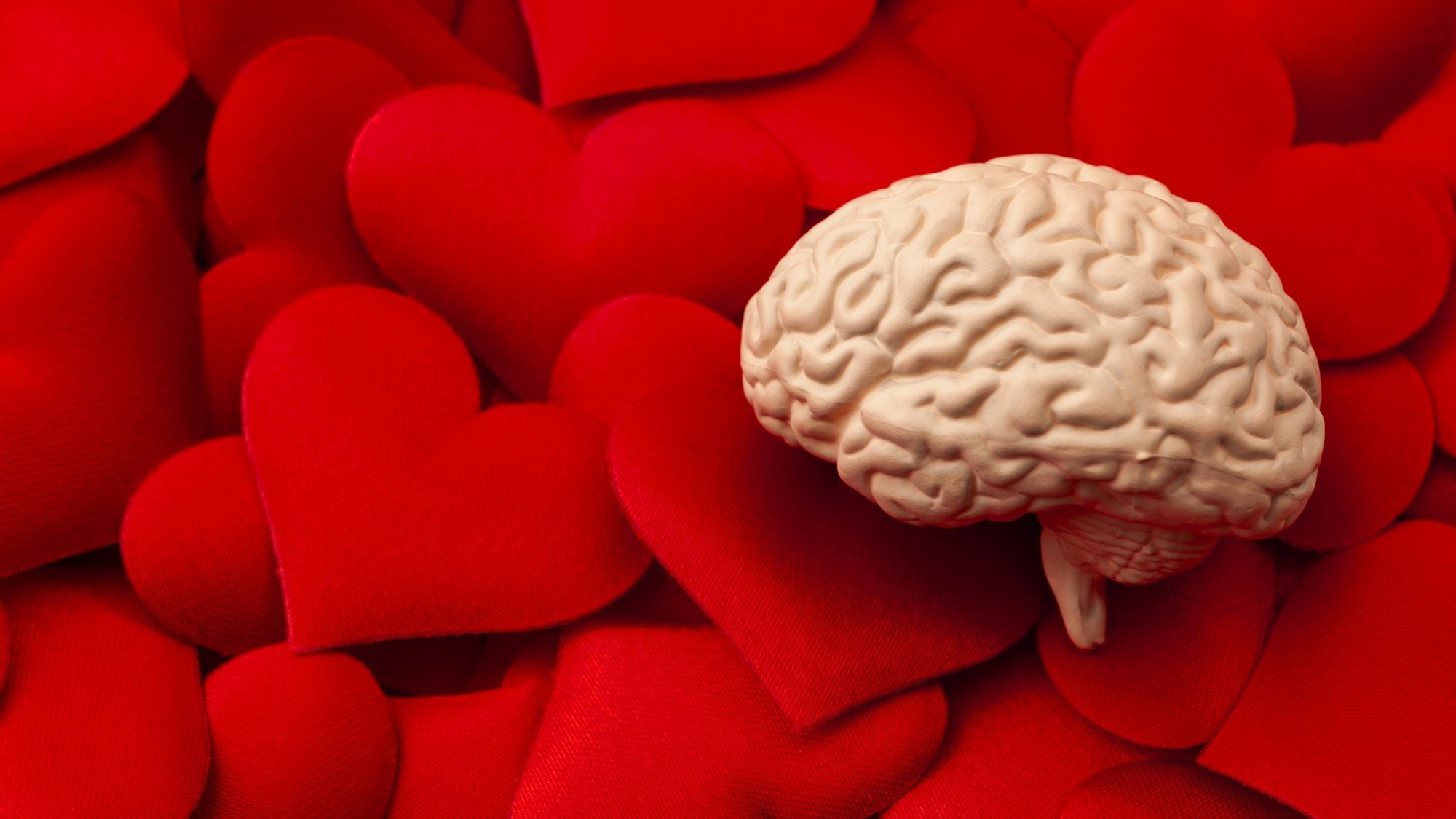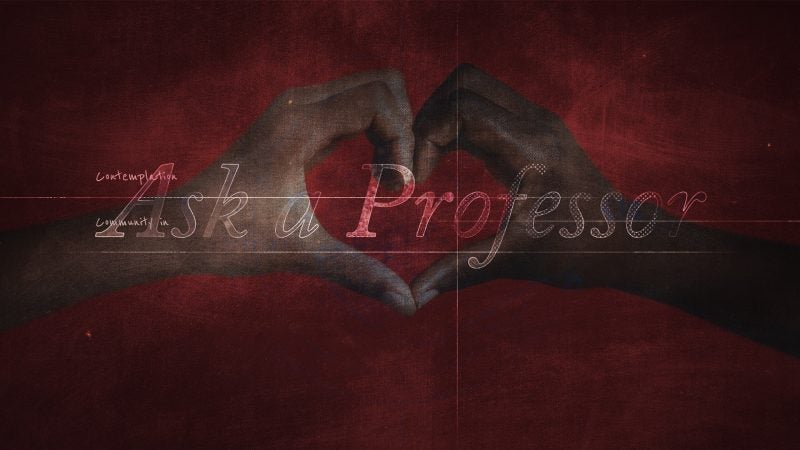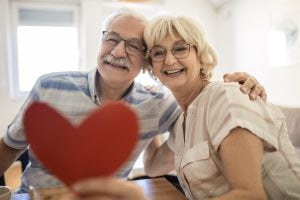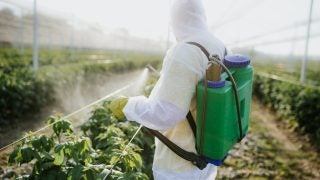Ask a Professor: Thomas Sherman on Your Brain in Love
How does love activate the brain’s reward circuit?
There are areas of the brain that together comprise the mesolimbic system, that make up the reward circuit. Love can be accurately described as a reinforcing — not quite an addiction, yet — but a reinforcing action in which you are activating your reward circuit to enact an extremely pleasurable experience.
How do cortisol and dopamine affect the human brain in love?
There are multiple components to a reward circuit, but two main ones are an increase in cortisol and an increase in dopamine. These are seen as reinforcing. And because falling in love often has an uncertainty to it that can be perceived as stressful, this is where the rise in cortisol as part of the stress response is going to impact your physiology to heighten your sense of awareness. Meanwhile, when your mesolimbic system associates certain sensations with something pleasurable, such as meeting a promising prospective mate, it stimulates the release of dopamine in order to reinforce that feeling and stimulate behaviors to seek more contact.
There are also areas of your brain that would ordinarily be saying, “Be careful, you don’t know much about this man or woman.” But those areas are being turned down, whereas other areas that are saying, “I can only think about this person,” are being turned on.
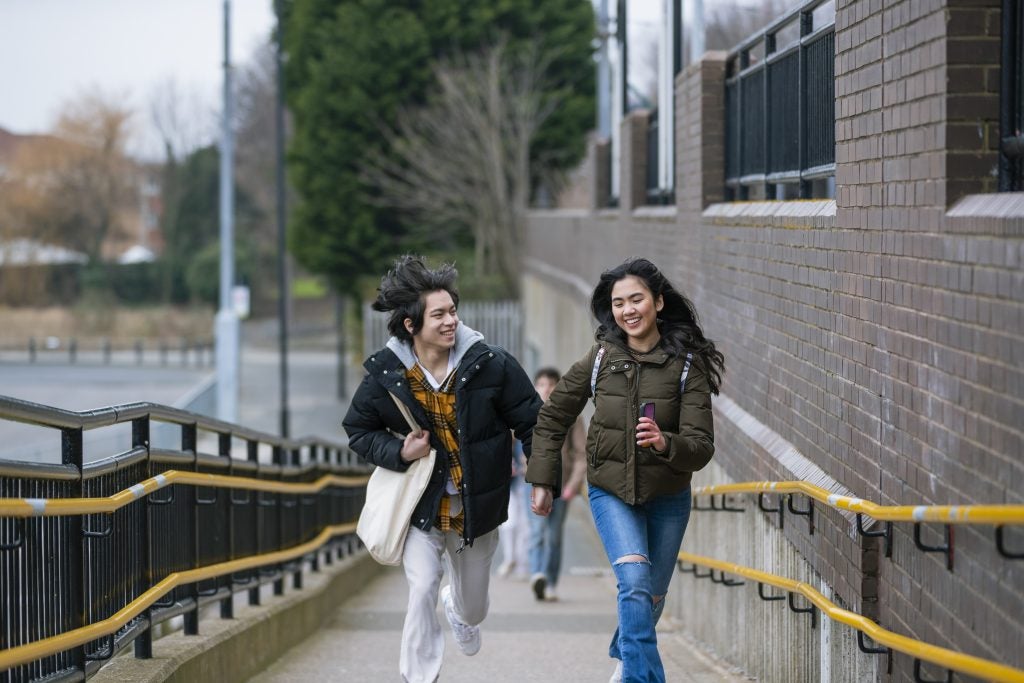
How is love different from other pleasurable activities? Is more dopamine released?
I don’t know that I would say more dopamine is released. I think perhaps the contributions of hormones such as norepinephrine that cause the racing heart and sweaty palms or because of the combination of testosterone and estrogen or the influence of oxytocin and vasopressin, it’s a different kind of reinforcing reward that you experience more strongly than by simply eating a bar of chocolate or something like that.
How do oxytocin and vasopressin work together in the human brain when it comes to love?
Oxytocin and vasopressin are peptide hormones secreted from the pituitary into the blood to regulate endocrine functions: oxytocin regulates milk ejection during breastfeeding and uterine contractions during childbirth, and vasopressin stimulates water retention and urine concentration during dehydration. But both of these hormones are also secreted from hypothalamic neurons projecting throughout the brain to regulate maternal and paternal behaviors. Oxytocin acting within the brain is essential for mother-infant bonding, pair bonding, empathy and sexual behavior in females; whereas vasopressin acting centrally reinforces territorial aggression, mate guarding and pair bonding in males. Not surprisingly, the secretion of both of these hormones in the brain and blood is stimulated during sexual activity, thus reinforcing pair bonding, monogamy and social cognition.
I have to carefully monitor my emotions when I lecture on the role of oxytocin during pregnancy because I retain these lovely images of my wife, before the birth of our daughters, standing in the child’s room repeatedly folding and unfolding baby clothes. This is a great example of oxytocin-induced nest-building behavior and these memories can easily make me cry!
